In Turkey, most tourists stick to the classics — Istanbul, Cappadocia, and Mediterranean resorts like Antalya. These regions draw millions every year, but beyond the tourist hubs lies another Turkey waiting to be explored.
The Black Sea mountains hide ancient monasteries carved into cliffs. Central Anatolia is dotted with forgotten cities once thriving in the Roman era. In the southeast, stone heads the size of cars sit atop Mount Nemrut, guarding royal tombs built more than 2,000 years ago. Some spots have been recently restored, like Sumela Monastery, which reopened fully in 2023, while other Turkey hidden gems remain off the radar altogether.
Sumela Monastery, Trabzon
Sumela Monastery sits high on the cliffs of Altındere National Park, about an hour’s drive from Trabzon. Its position — perched on a sheer rock face at 1,200 m / 3,900 ft — provides great views of the valley below and the surrounding pine forests.
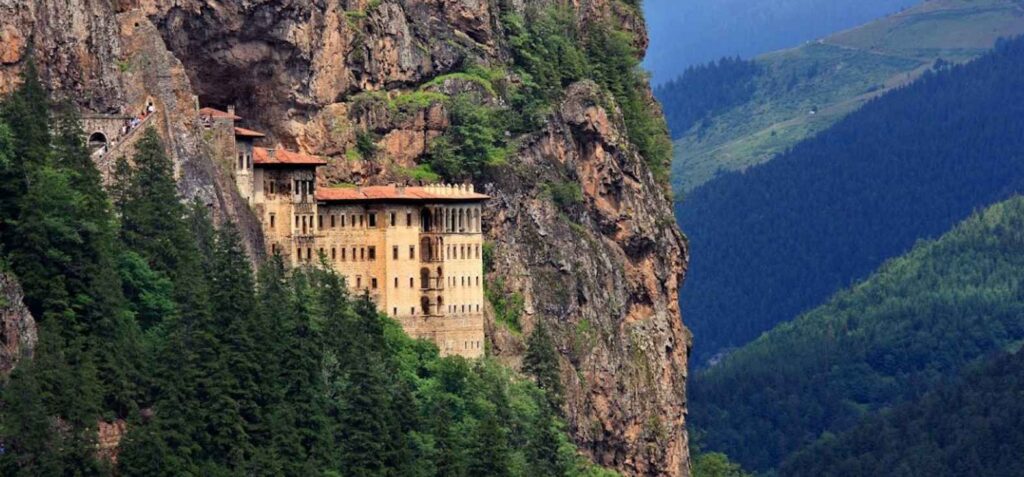
Founded in 386 AD during the reign of Emperor Theodosius I, Sumela has long been a place of worship, pilgrimage, and solitude. Its name is believed to come from the Greek word melas (black), possibly referring to the dark-colored mountain cliffs.
Tortum Waterfall (Şelalesi), Erzurum
Tortum Waterfall is not a natural wonder, it appeared in 1960 as a result of the construction of Tortum Dam and Hydroelectric Plan. Yet it’s one of the tallest waterfalls in Turkey at 48m / 160 ft high and 21m / 69ft wide.
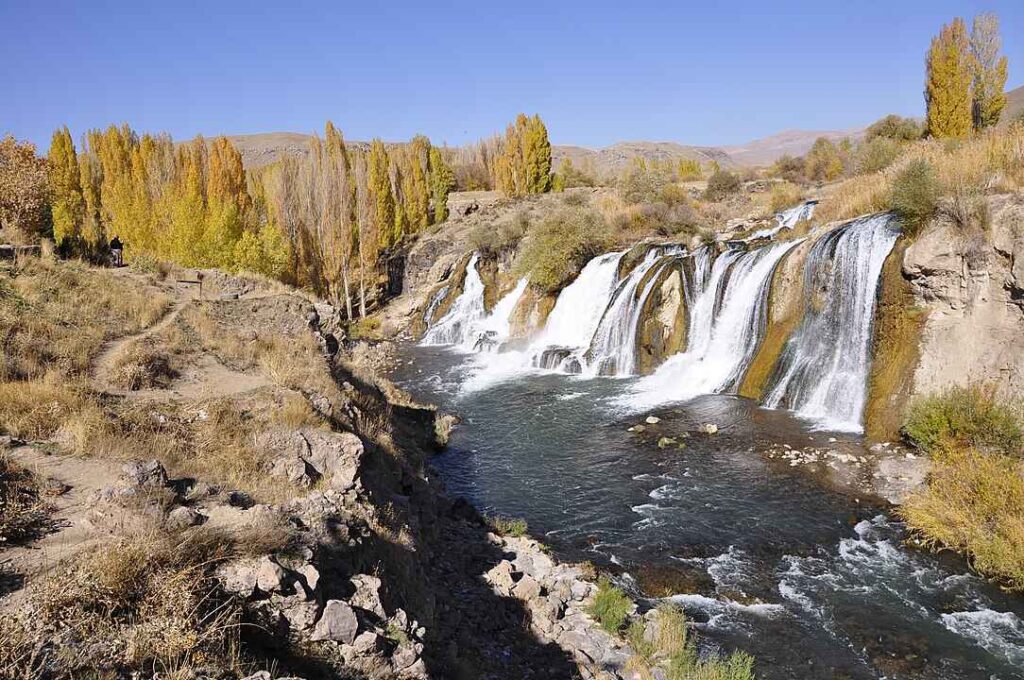
It flows with incredible force during May and June, thanks to rising water levels in Tortum Lake, making this the best time to see it in full power. Outside of those months, the waterfall slows to a trickle, so timing is key.
Nemrut Dag (Mount Nemrut), Adiyaman
Mount Nemrut, though a UNESCO heritage site, is still not so widely recognized internationally. At 2,100 m / 7,000 ft above sea level, it’s home to the tomb-sanctuary of King Antiochus I, built in the 1st century BC. Enormous stone heads, once part of seated statues representing Greek, Persian, and Armenian gods, now lie scattered across the summit. These weathered relics, some nearly 2 m / 7ft tall, create an unforgettable scene —especially at sunrise and sunset when the light transforms the site.
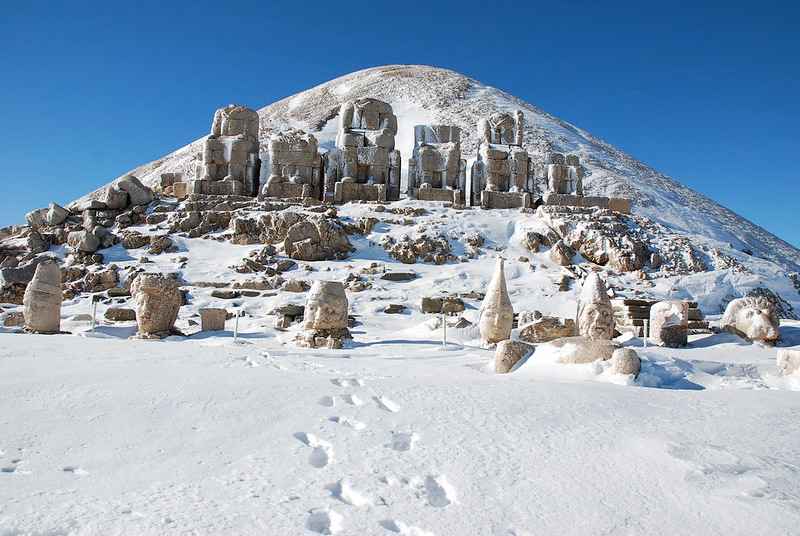
King Antiochus imagined himself as a living god and built this monumental tomb to cement his legacy for eternity. The statues were once perfectly aligned on eastern and western terraces, flanking the massive burial mound at the center. Over the centuries, earthquakes and looters left the statues decapitated, and their heads rolled down the terraces. The result is a haunting, open-air shrine to a forgotten kingdom.
Ishak Pasha Palace, Doğubeyazıt
Close to Turkey’s borders with Armenia and Iran, Ishak Pasha Palace is one of the country’s most striking historical sites. It’s not just a palace but a fortified complex sitting at 2,000 m / 7,000 ft above sea level, overlooking the rugged plains of eastern Anatolia. Located about 90 minutes from Ağrı, the nearest city with an airport, this remote palace is worth the effort to reach for its borderland perspective and a combination of Ottoman, Persian, and Armenian architecture.
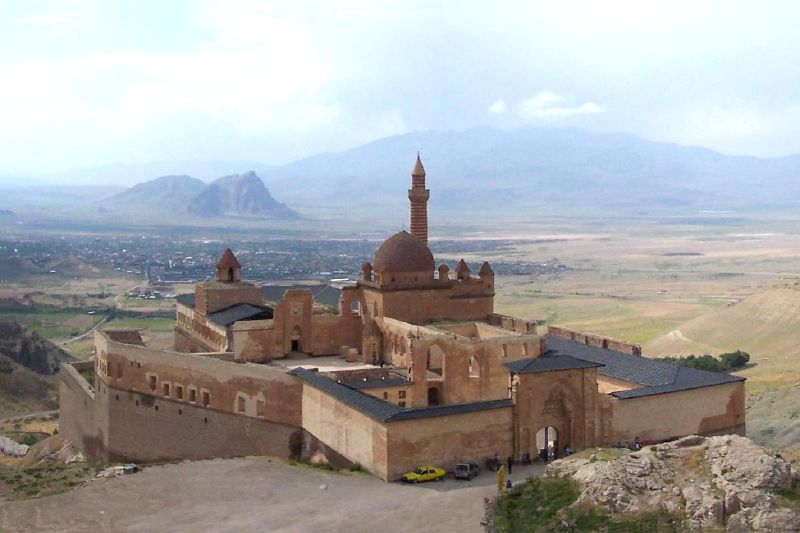
Built between the 17th and 18th centuries, it served not just as a home for regional rulers but as a fortress and administrative center controlling trade routes through the mountains. Its double courtyard, thick stone walls, and ornately carved portal speak to the region’s strategic importance. Inside, you’ll find a mix of ceremonial halls, a small mosque, and private quarters, including a harem. The palace is famous for its Seljuk-style stonework, particularly around the gates, and its Persian-style domes.
Harran Beehive Houses, Şanlıurfa
Harran is one of the oldest continuously inhabited settlements in the world. These dome-like homes aren’t just historical curiosities — they’re still in use today, designed to handle the region’s extreme heat and cold. The thick mudbrick walls keep them cool in summer and warm in winter, making them surprisingly practical even in the 21st century.
The design might remind you of architecture from ancient Mesopotamia, and for good reason: Harran has stood at the crossroads of trade and culture for thousands of years.
Harran wasn’t just a village. It was once a major city, home to Harran University, one of the world’s oldest centers for learning. Scholars here studied astronomy long before telescopes existed.
Ahlat Seljuk Tombs, Bitlis
Often called the “City of Tombs,” Ahlat is home to hundreds of intricately carved stone monuments, dating back to the 12th and 13th centuries. These tombs, or kümbets, were built for Seljuk nobles and warriors, and their scale and craftsmanship make it one of the world’s biggest Islamic burial sites.

The tombs vary in size and design — some are cylindrical with conical roofs, while others are simple stone slabs with intricate inscriptions in Arabic calligraphy. Each tells a story of the people who lived here when Ahlat was a key center of Seljuk culture, controlling trade routes and serving as a strategic stronghold in eastern Anatolia.
Eflatun Pinar, Konya
Konya is the heart of Sufism and the home of the Whirling Dervishes, followers of Rumi, the 13th-century poet and mystic. After wandering the halls of the Mevlana Museum and watching a dervish ceremony, you might think you’ve seen all of Konya’s history. But hidden just 22 km north of Beyşehir, you’ll find Eflatun Pınar, an ancient Hittite sanctuary that takes you even further back in time — almost 3,000 years.
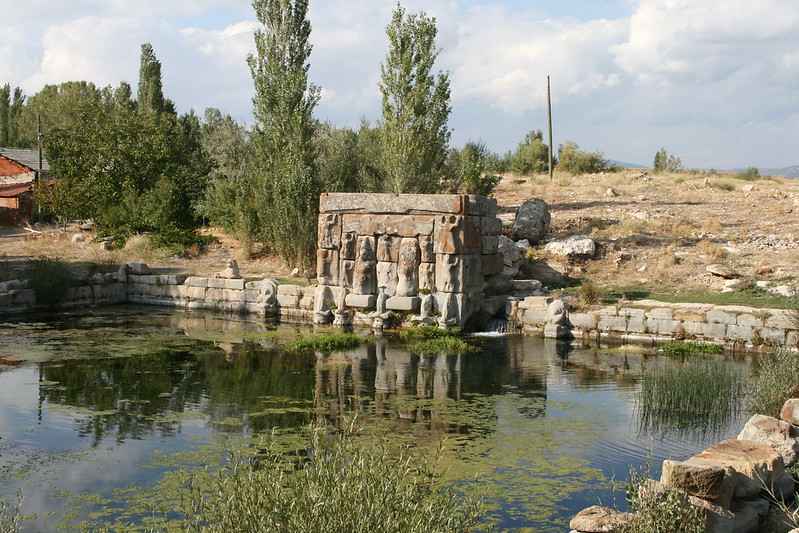
Eflatun Pınar is a Hittite-era spring monument, built around a natural water source. A stone wall covered in carvings of gods and sacred symbols rises above the clear water. These carvings, thought to represent Hittite deities and cosmic forces, reflect the Hittites’ reverence for water as a symbol of life and power.
Sagalassos, Burdur
Once a thriving Roman settlement, Sagalassos was known for its impressive architecture and strategic importance in Pisidia, an ancient region of southwest Anatolia. At its peak in the 2nd century AD, it was a major city with theaters, baths, temples, and a bustling agora. An earthquake and a plague in the 7th century AD led to its decline, and the city was gradually abandoned, leaving its ruins almost untouched for centuries.

The Roman Fountain is the star of Sagalassos. Restored in recent years, the fountain still flows with fresh mountain water, just as it did 2,000 years ago. Nearby, the remains of the theater carved into the hillside. You’ll also find the Library of Sagalassos, a Roman bath complex, and remnants of homes with mosaic floors.
Lake Salda, Burdur
Nearly every country claims to have its own “Maldives” — a place with turquoise waters and white shores that feel almost tropical. In Turkey, that place is Lake Salda, a stunning crater lake in Burdur Province, southwest Turkey.
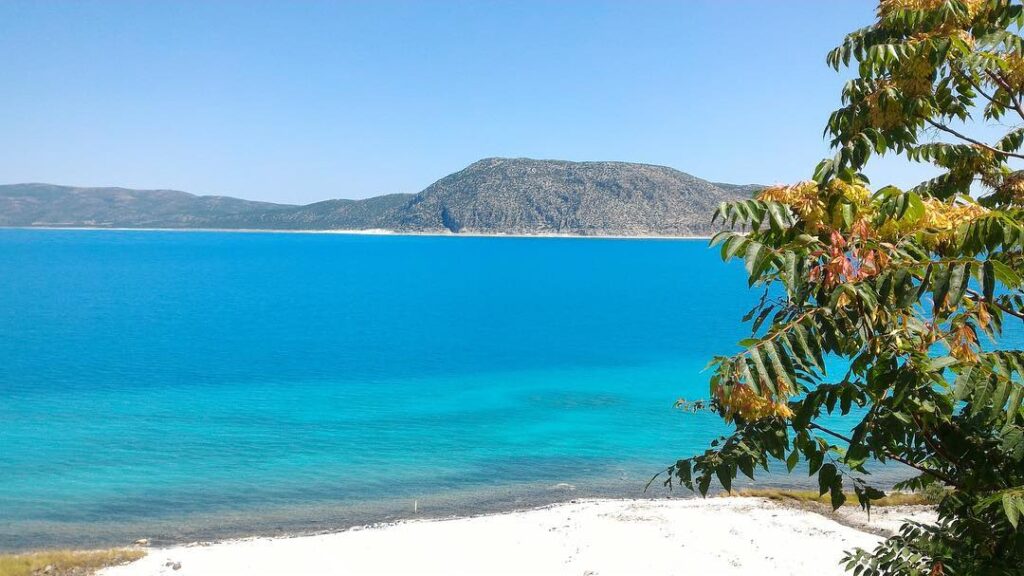
But Salda is more than just a pretty lake for Instagram photos. The white mineral-rich shores here aren’t made of sand but magnesium deposits and hydromagnesite, minerals also found at Jezero Crater on Mars, where NASA’s Perseverance rover landed in 2021.
Tip
Lake Salda is about 1.5 hours from Denizli (near Pamukkale) and 2.5 hours from Antalya.
Chimaera Mountain , Antalya
Mount Chimaera is a rocky hillside where eternal flames have burned from the ground for thousands of years. Known locally as Yanartaş (“Burning Stone”), these natural gas vents have been igniting spontaneously for centuries, creating a mysterious and otherworldly scene.
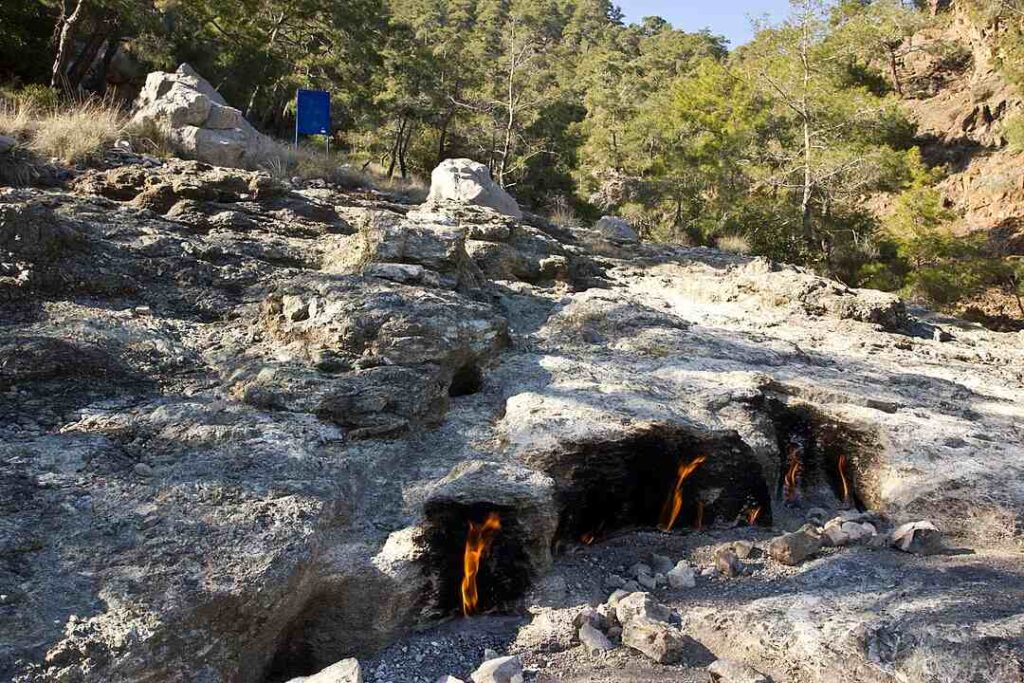
In ancient times, the flames were said to have inspired the myth of the Chimaera, a fire-breathing creature with the head of a lion, the body of a goat, and the tail of a serpent. It isn’t a grand natural wonder, but its quiet, steady flames have drawn travelers and curious minds for millennia. It’s one of those places that leaves you wondering just how many ancient stories have their roots in something as simple as fire.
Tip
There are 2 sets of burning flames. The upper flames are one at the top of the mountain. The lower flames: about a 25-minute walk on an easy path from the bottom of the hill.
Aspendos Amphitheatre
If you’ve watched Gladiator, you’ll remember the Roman emperor Marcus Aurelius—portrayed as the wise ruler whose death sets the story in motion. What most people don’t know is that Aspendos Amphitheatre, one of the best-preserved Roman theatres in the world, was built during his reign in the 2nd century AD. This massive structure, located near Antalya, could seat up to 15,000 spectators and was used for everything from dramatic performances to gladiatorial games.
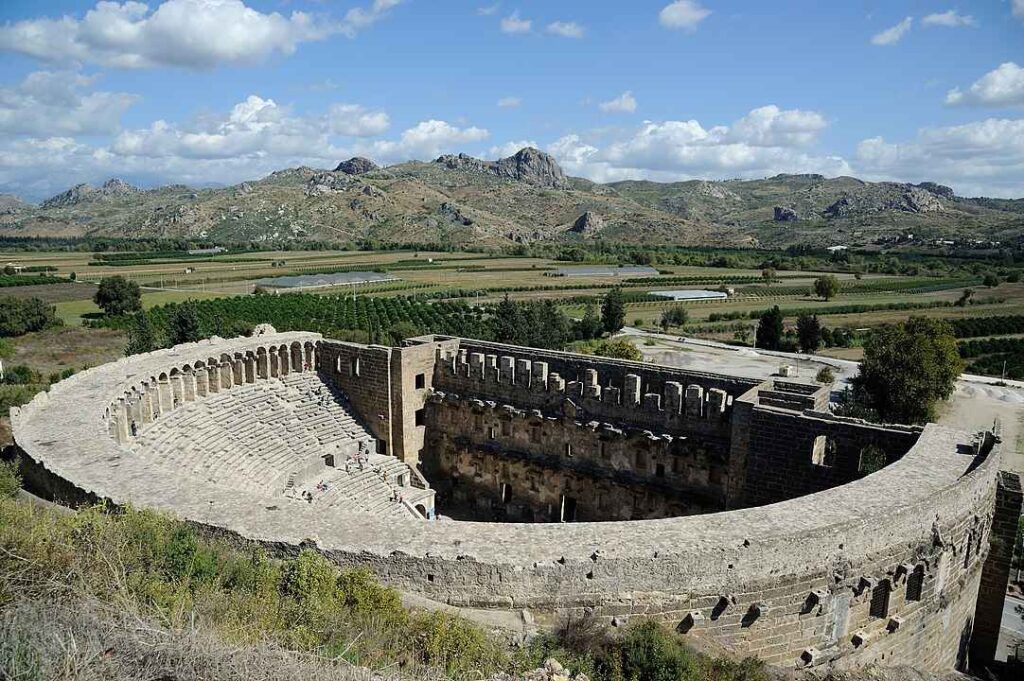
Designed by the architect Zenon, the theatre is a textbook example of Roman engineering at its peak. Its perfect acoustics mean that even a whisper from the stage can be heard clearly in the top rows. The theatre’s stage building is still largely intact, with towering columns and elaborate carvings, making it one of the most complete examples of its kind.
Tip
Aspendos Amphitheatre is About 45 km / 27mi from Antalya. Combine your visit with Köprülü Canyon for rafting and nature walks
Koprulu Canyon, Antalya
Just an hour’s drive from Antalya, Köprülü Canyon National Park is one of Turkey’s most beautiful natural escapes. The Köprüçay River carves through the canyon for 14 km / 8.7 mi, with cliffs rising as high as 100 m / 328 ft. The river offers Class I-II rapids, making it ideal for beginners but exciting enough to keep things fun. The calmer sections of the river are perfect for a refreshing swim, and the banks are lined with picnic areas and small cafes.

The name Köprülü comes from the Roman bridge that still spans the river. Built nearly 2,000 years ago, this narrow stone bridge, at 27 m / 88 ft long, is surprisingly sturdy and remains a functional walkway. Standing on it, with the river rushing below, you get a sense of how ancient travelers once crossed this wild terrain.
Gilindire Aynalıgöl Cave (Mağarası)
Discovered by chance in 1999, Gilindire Cave is one of Turkey’s most impressive hidden gems. Located along the Mediterranean coast near Mersin, the cave stretches deep underground, filled with stalactites, stalagmites, and bizarre rock formations. But what really makes it unforgettable is the crystal-clear lake at the end of the cave.
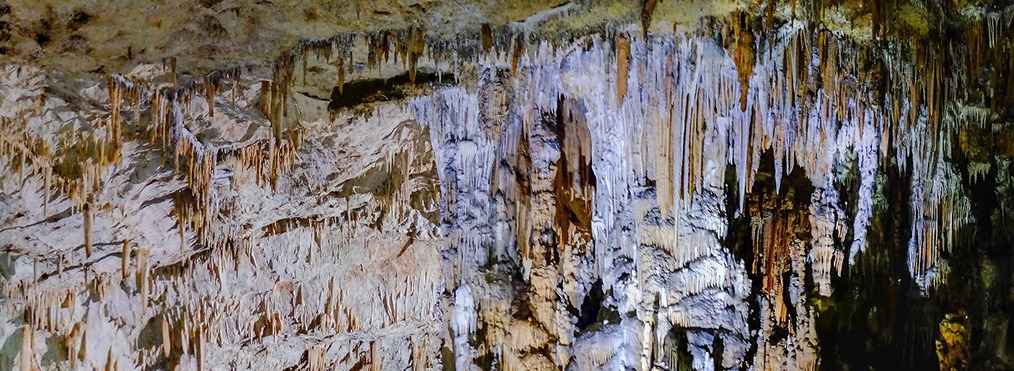
Scientists believe parts of the cave were above water before the last ice age, and pottery fragments show that people were using it as early as the Neolithic period. Visiting it now, you’ll see why it’s such a fascinating mix of geology and history.
If you’ve ever been to Canelobre Cave in Spain, the experience is somewhat similar, although Gilindire’s lake gives it a unique edge. Visiting the cave involves 560 steps down to the entrance — going back up can be a bit of a climb.
Maiden’s Castle, Kizkalesi
Maiden’s Castle sits on a small island, about 300m / 984ft from the shore. Getting there will take a short boat ride. This medieval fortress, built by the Byzantines in the 12th century and later expanded by the Armenians and Ottomans, seems to float on the turquoise waters of the Mediterranean.
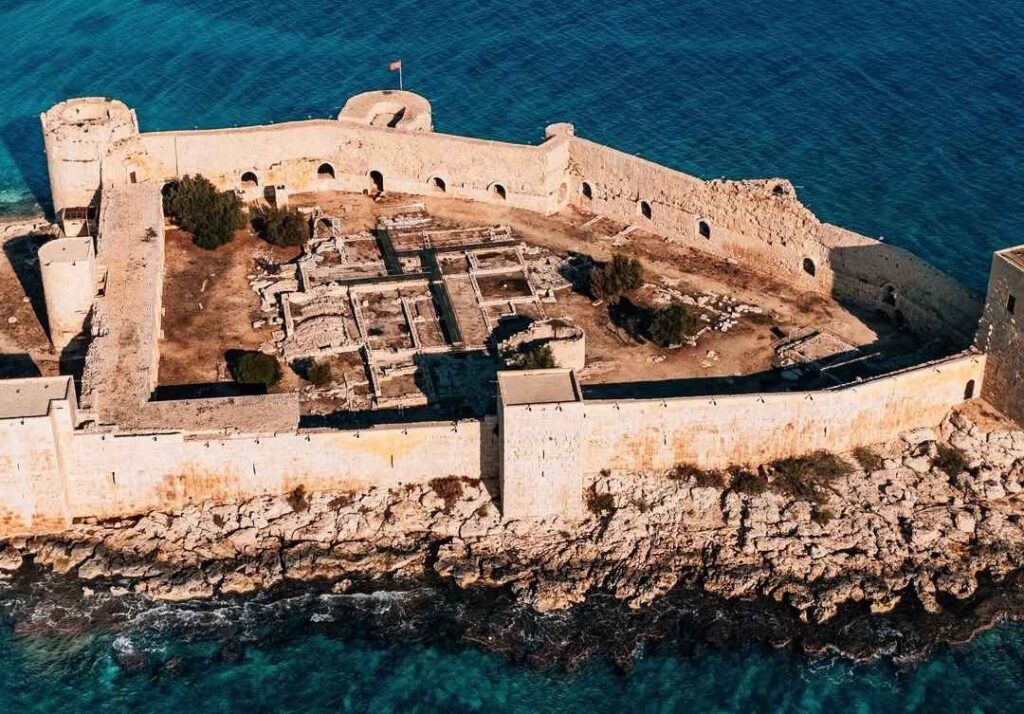
Legend has it that the castle was built by a king to protect his daughter from a prophecy that foretold her death by a snakebite. He thought she would be safe on the island, away from danger, until a basket of fruit delivered to the castle concealed the fatal snake.
Beyond the legend, the castle’s real purpose was to protect the mainland from seaborne attacks. Its thick stone walls and defensive towers still stand tall, and you can explore the remains of cisterns, storage rooms, and battlements.
Kursunlu Waterfall, Antalya
If you need a break from Antalya’s beaches and ancient ruins, Kürşunlu Waterfall is the perfect nature escape. Just 20 km / 12 miles northeast of the city, this shaded spot feels worlds away from the bustling center. The waterfall, fed by a tributary of the Aksu River, drops 18 m / 59 ft into a calm pool surrounded by pine trees, wildflowers, and ivy-covered rocks.
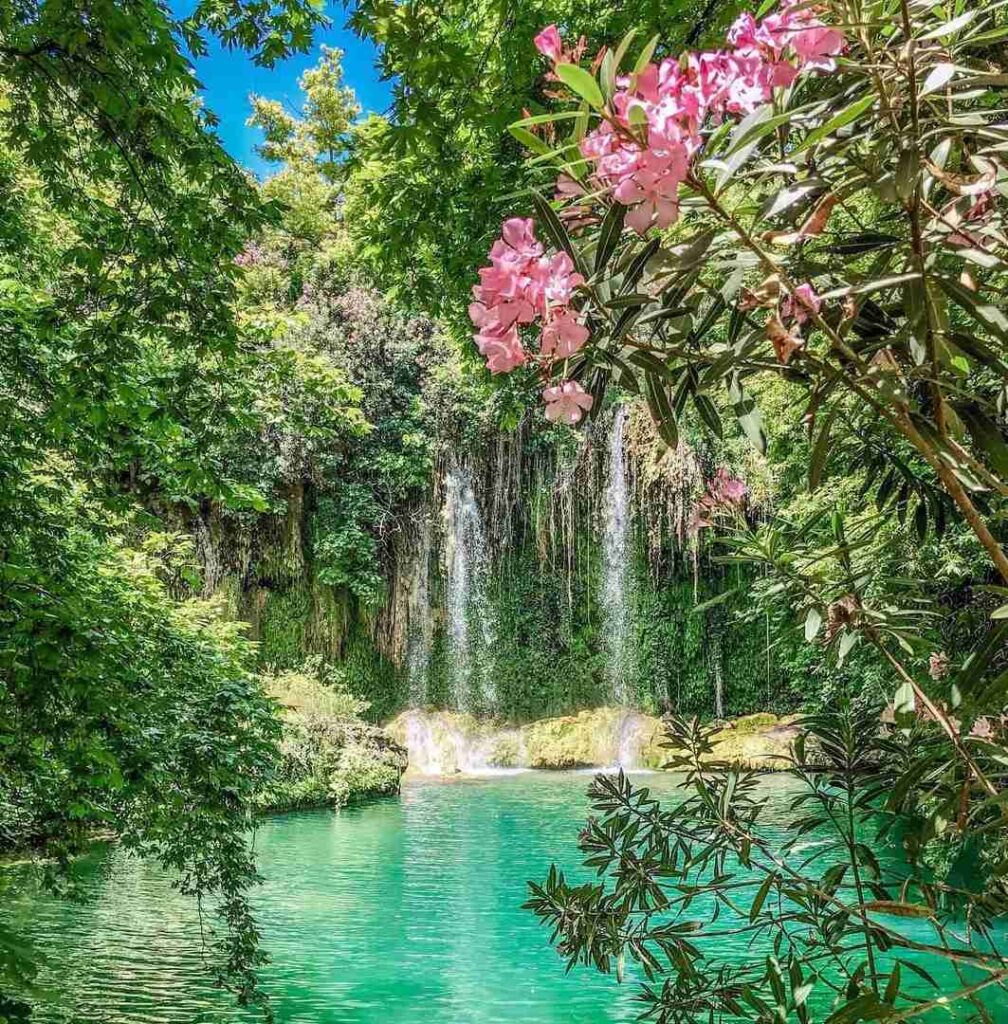
The area is easy to explore in about an hour. A 1.5 km / 0.9-mile trail winds through the forest, crossing wooden bridges and passing smaller waterfalls along the way. Keep an eye out for turtles, fish, and birds like kingfishers that thrive in this peaceful environment.
Simena Ruins, Kekova
In the quiet coastal village of Kaleköy, on Turkey’s Mediterranean coast, the Simena Ruins offer an extraordinary mix of ancient Lycian history and everyday life. Accessible only by boat or a short hike, the site is part of the Kekova region, where medieval castle walls, Lycian tombs, and Roman relics sit alongside modern homes and cafes.
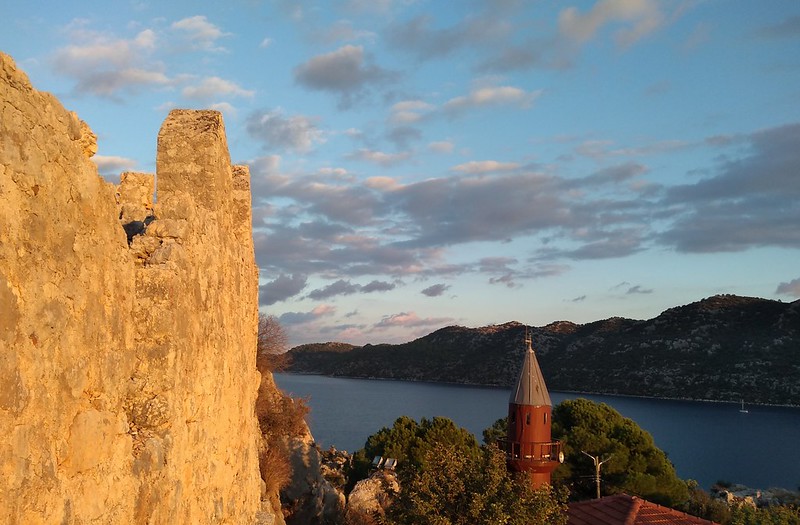
At the top of the hill stands a Byzantine fortress, once used to defend the area from pirates. Inside the castle, you’ll find a small rock-carved theater with just seven rows of seats. The view from here stretches across Kekova Island and the calm waters of the Mediterranean.
Scattered throughout the village are Lycian sarcophagi, some standing on hillsides and others partially submerged in the sea. These tombs, more than 2,000 years old, are some of the most striking features of Simena, with many still showing their original carvings despite centuries of exposure.
Aizanoi Ancient City, Çavdarhisar
Far from the crowded ruins of Ephesus, Aizanoi Ancient City offers a quieter and equally impressive look at Roman history. Located near Kütahya, Aizanoi was once a prosperous Roman settlement and is home to one of the best-preserved Temples of Zeus in the world.
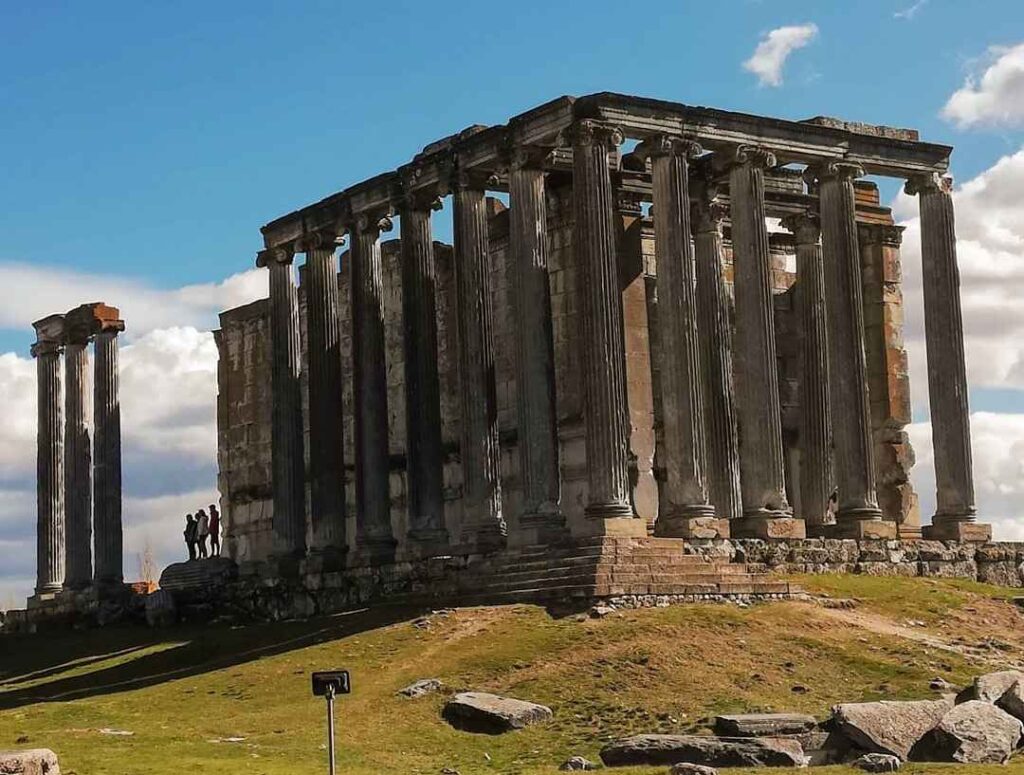
The Temple of Zeus, built in the 2nd century AD, stands on a hill overlooking the ancient city. Its columns are still intact, and the underground chamber below the temple may have been used for cult rituals. The site also includes a theater-stadium complex, a rare architectural combination where a Roman theater and stadium were built side by side, holding up to 20,000 spectators.
Ulubey canyon, Uşak Province
Often overshadowed by Turkey’s better-known natural wonders, Ulubey Canyon is a hidden gem for nature lovers and geology enthusiasts. Stretching for 77 km / 48 miles, it’s one of the longest canyons in the world, even longer than the famous Grand Canyon, though not as deep.
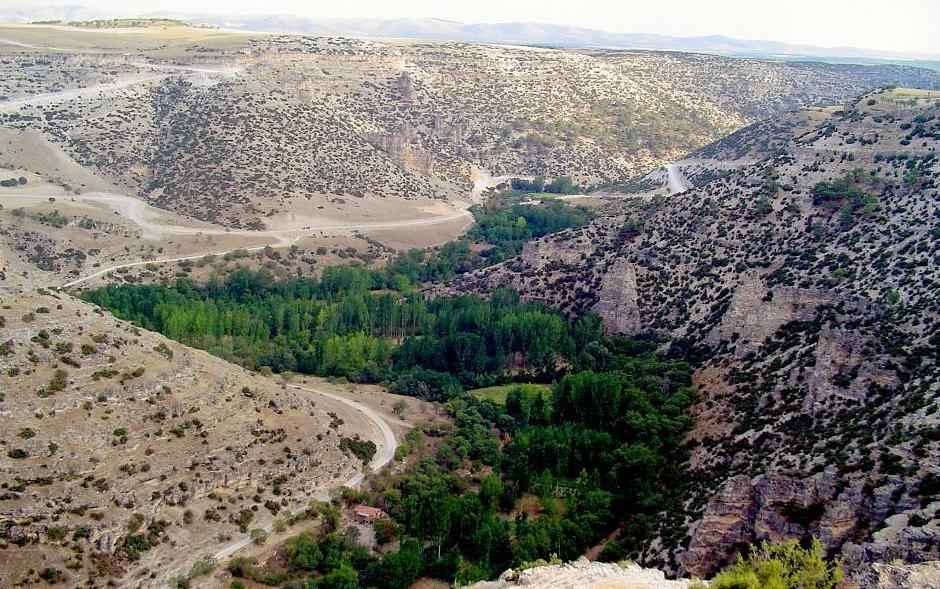
The best way to experience the canyon is from the Ulubey Canyon Glass Terrace, which hangs over the edge, giving you a clear view of the canyon floor 150 meters / 492 feet below. While you’re in Uşak Province, visit the Clandras Bridge, an ancient aqueduct, or explore the Uşak Archaeology Museum, which houses treasures from the Lydian Kingdom, including the famous Karun Treasure
Map of Turkey’s Hidden Gems
To make the most of these sites, plan your route by region. Start in the Black Sea Region with Sumela Monastery and Tortum Waterfall, then head southeast to Mount Nemrut, Ishak Pasha Palace, and the Harran Beehive Houses. From there, explore Central Anatolia, visiting Eflatun Pınar and Aizanoi Ancient City, before heading southwest to Lake Salda and Sagalassos.
In Antalya, combine nature and history with Aspendos, Köprülü Canyon, and Chimaera Mountain, then move along the Mediterranean to Simena Ruins, Maiden’s Castle, and Gilindire Cave. Wrap up in Uşak Province with a hike through Ulubey Canyon. Spring and autumn are the best times to visit, with mild weather and fewer crowds. Renting a car is essential for covering remote spots.

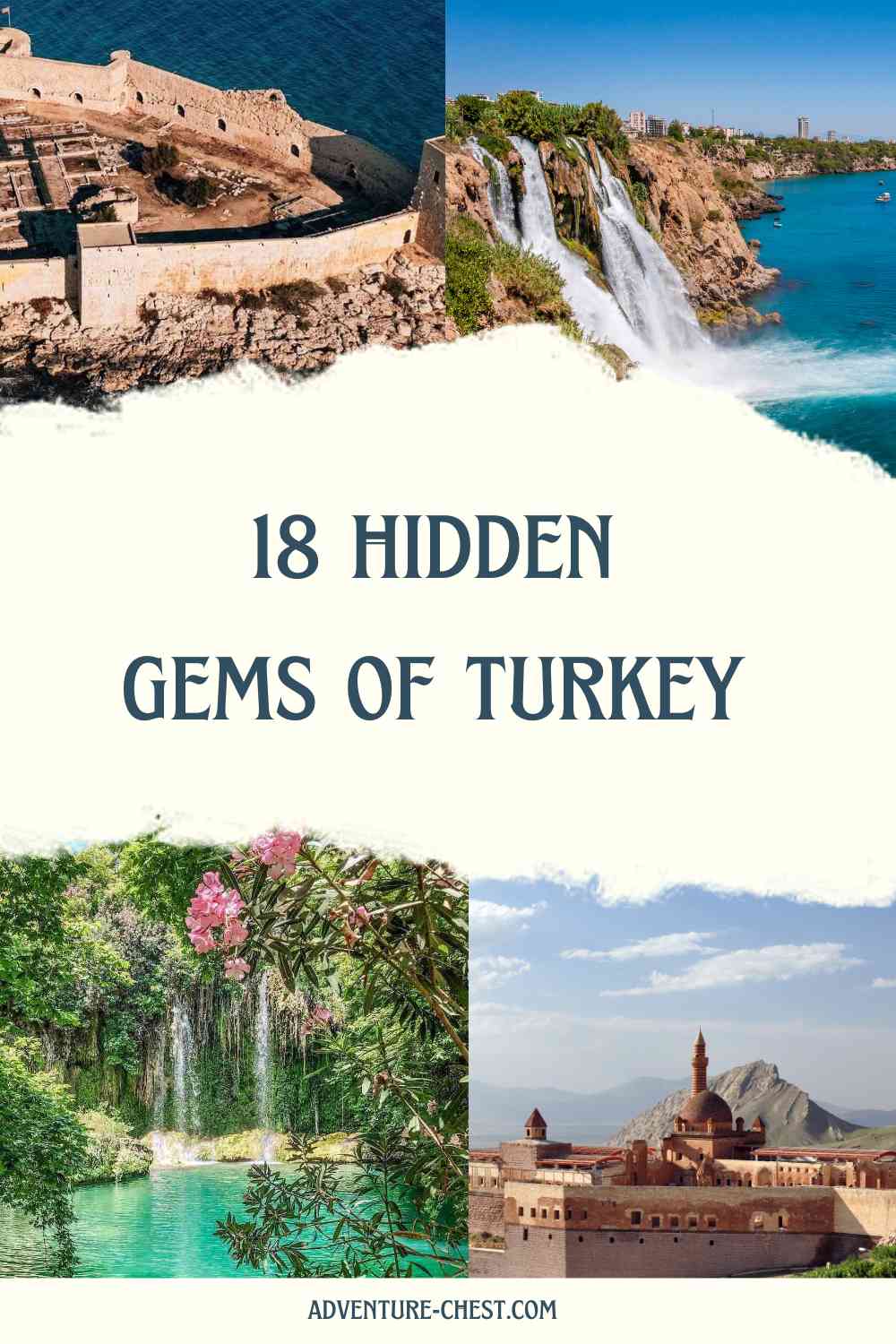
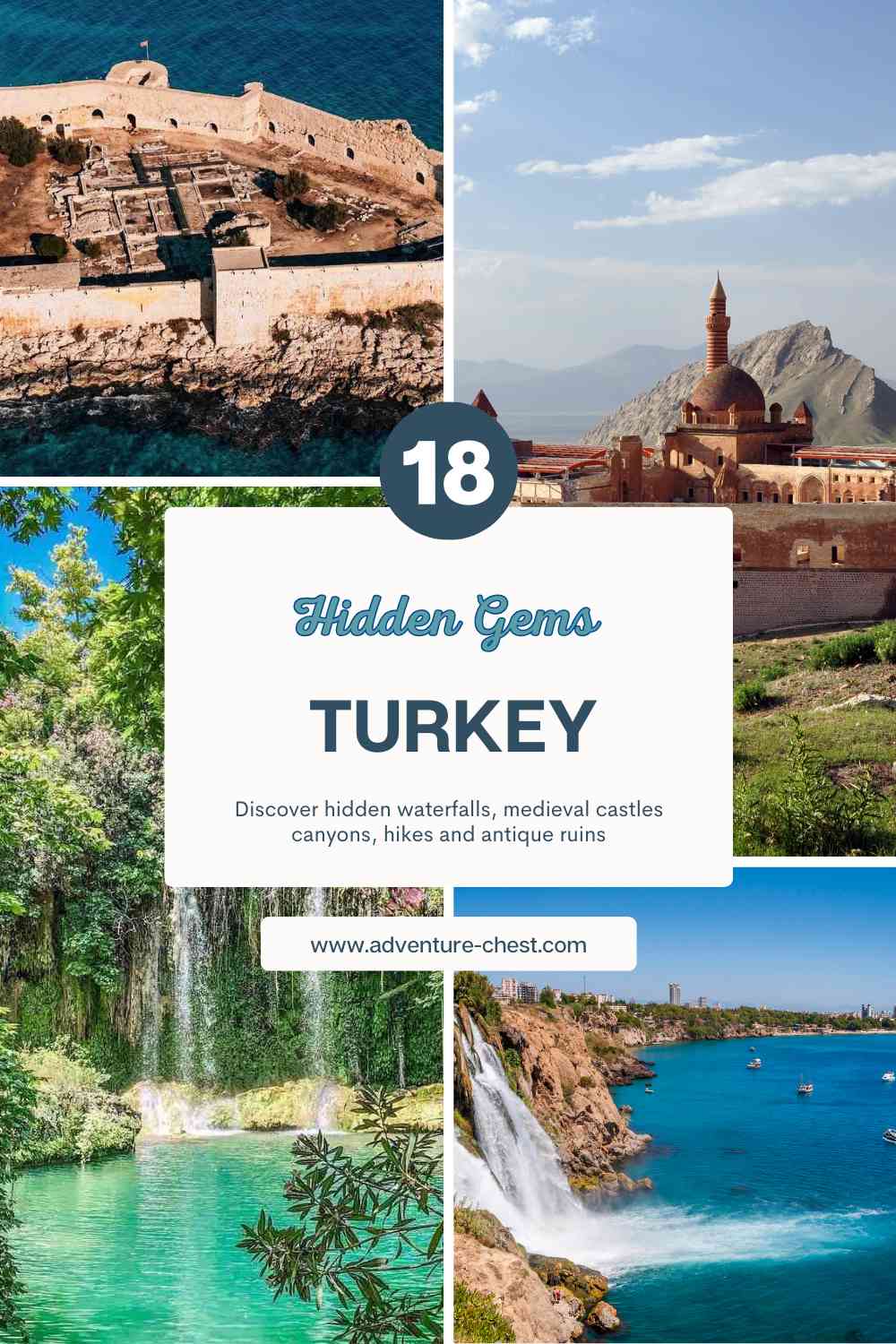




Comments